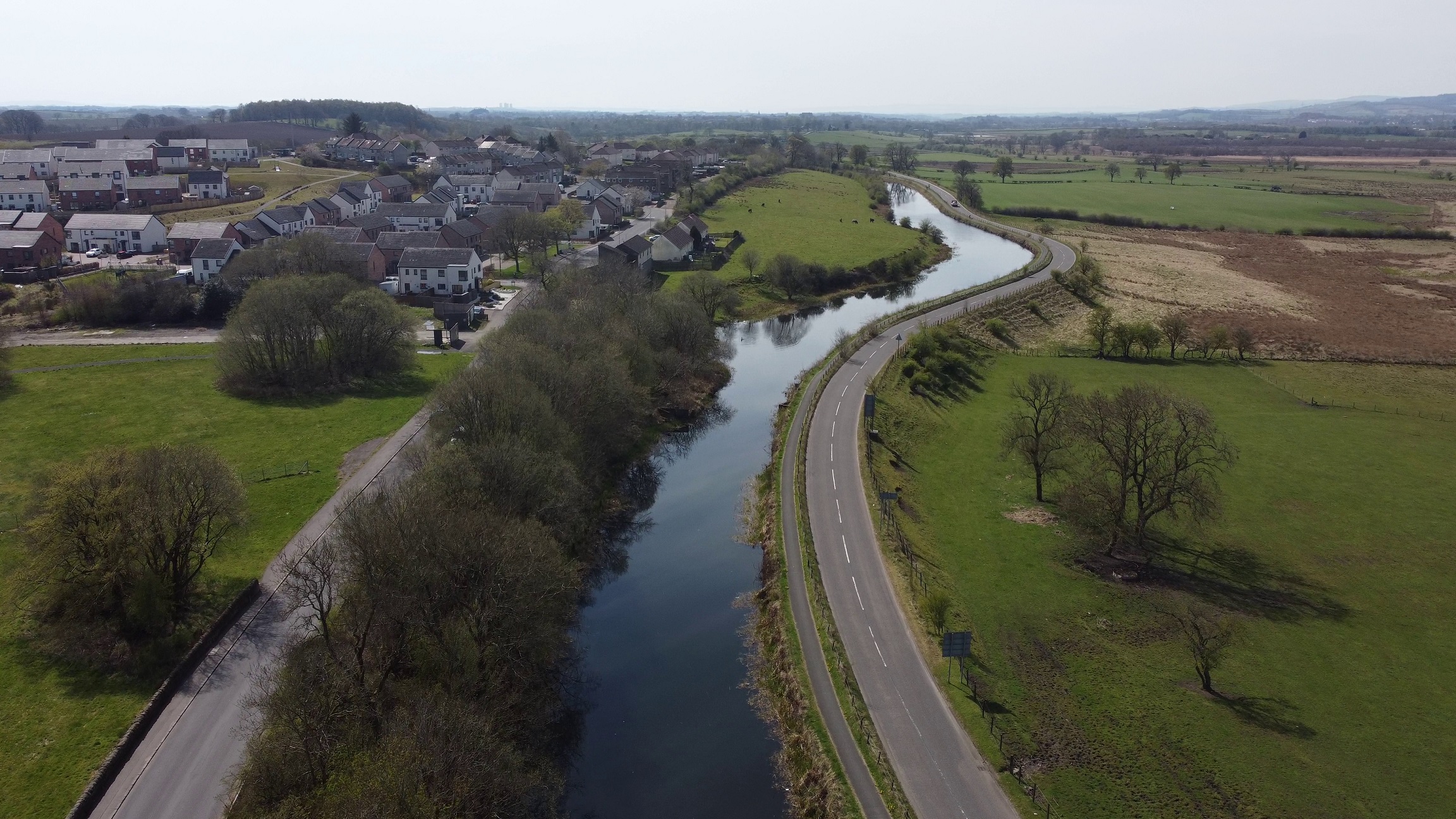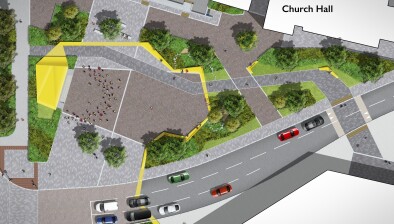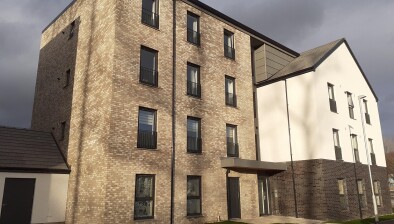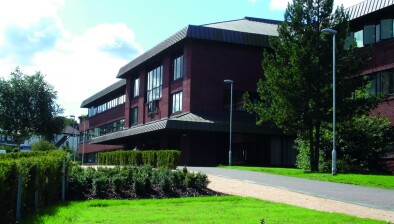Support available for creation of Local Place Plans in East Dunbartonshire

Community organisations are being encouraged by East Dunbartonshire Council to highlight issues, ideas and aspirations by creating Local Place Plans.
Changes have been made in Scotland to strengthen links between citizens and the planning system.
Local Place Plans (LPPs) can:
- Identify local land use issues and priorities for change
- Influence the Local Development Plan
- Take forward community projects
- Bring together community groups to deliver a shared vision.
Registered LPPs will inform the Local Development Plan – which sets out a long-term vision for where development should and should not happen.
So far, the council has been contacted by a number of community organisations and is providing support. If you want to find out more about creating an LPP, visit the website.
Any expressions of interest must be received by the council by 31 January 2024. Completed LPPs must be submitted by June 2025 to ensure they are able to be incorporated into East Dunbartonshire’s next Local Development Plan – known as LDP3.
Councillor Paul Ferretti, convener of the Council’s Place, Neighbourhood and Corporate Assets Committee, said: “Work is already taking place with communities who have expressed interest in creating a Local Place Plan. The aim of an LPP is to allow people to have a more direct role in the decisions which influence their area.
“If you are interested in finding out more, we are happy to provide support and further information. Visit our website for background and FAQs.”
Matters which can be addressed in LPPs include:
- Sites for housing (including affordable housing), new or retained local employment and new tourism/community facilities
- Sites which support climate change adaptation, such as renewable energy or flood mitigation
- Improvements in town/neighbourhood centres
- Active travel and sustainable transport
- Retaining, improving and expanding quality open space, community food growing areas and children’s play facilities
- Conservation of the natural/built environment
- Protection of valuable local assets.















